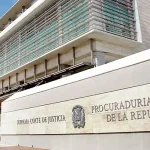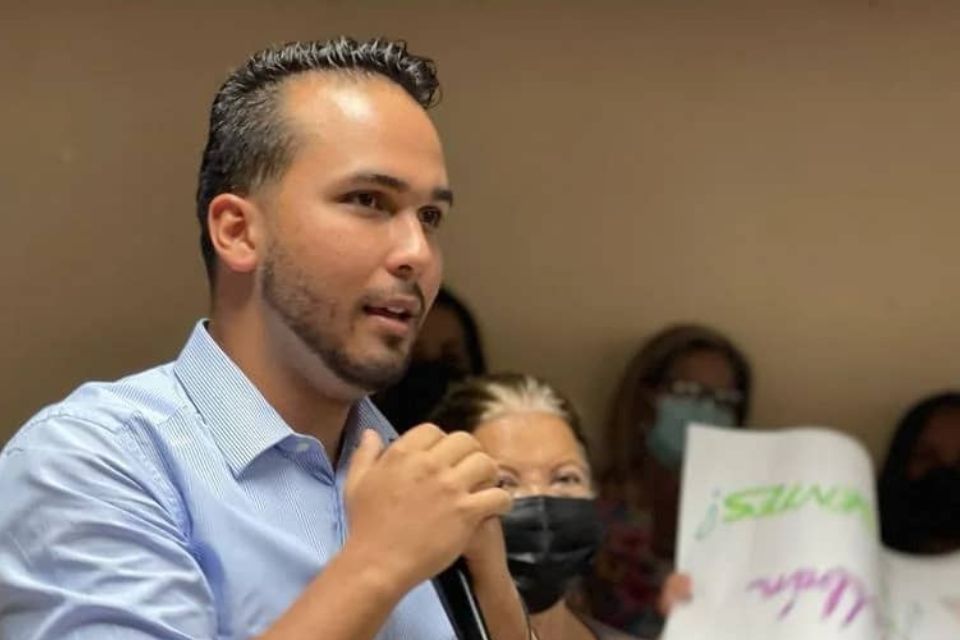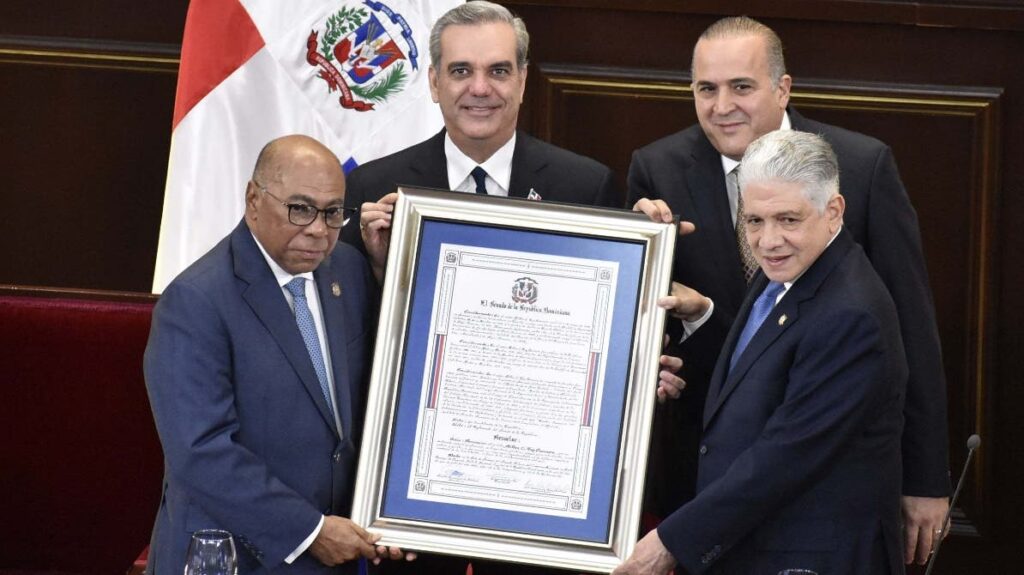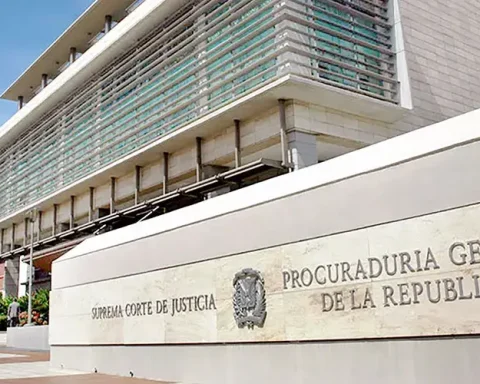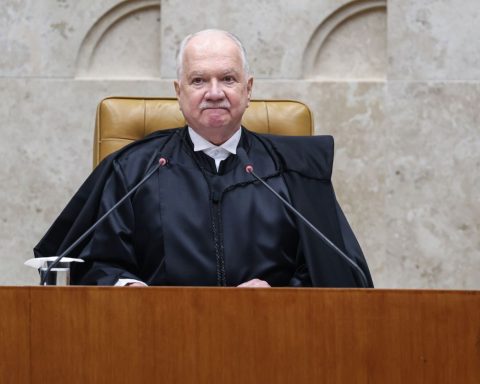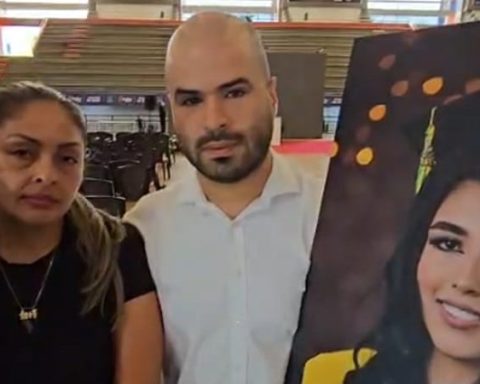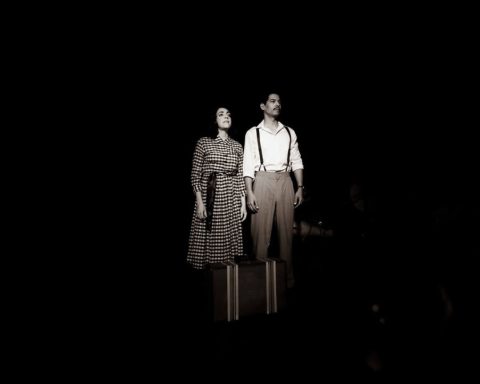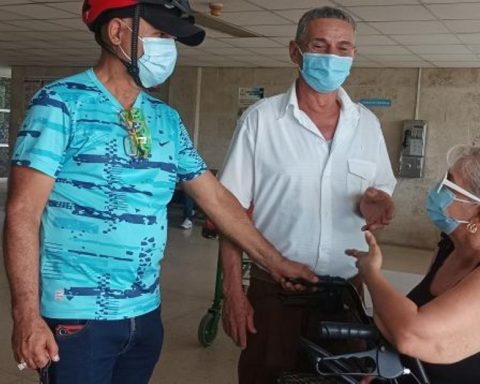A Twitter thread that began by recalling the increase in the ticket in Montevideo and Maldonado in January of this year, ended up opening an old debate: the construction of a subway in the Uruguayan capital. The former Director of Transportation of the Municipality of Montevideo (2018 – 2021), Gonzalo Márquez, criticized on the social network that the price of the ticket is the protagonist of “the main discussion of the transport system”, when “it is one more variable, but not the most relevant”.
“We need to raise our sights and discuss how to move forward on the relevant aspects: speed, frequency, predictability, regularity, comfort,” says one of the tweets. An account called “Un Metro Para Montevideo” responded that “There is only one urban transport system with all those characteristics”.
“Divine, but unfeasible due to investment cost,” said Márquez. in dialogue with The Observer, He elaborated on his arguments. he explained why “it is unfeasible” build a subway in Montevideo and why other proposals, such as trams or bus rapid transit (BRT) are a better solution to traffic problems in the capital.
Márquez calculated from works in Latin American cities, such as Santiago or Buenos Aires, that metro lines cost around US$ 120 million per kilometer. So, to form a network of –for example– six lines of 10 or 12 km (the distance from the Portones Shopping to the Plaza Independencia) it would cost more than $7 billion.
For the ex-hierarch, one must wonder if “As a society we have the need to invest that amount.” However, Márquez points to trams and BRT buses (acronym for Bus Rapid Transit). Some forms of transportation that require an important investment, but significantly less than that of the metro.
Alternatives: trams and BRT buses
Tram lines cost US$ 15-20 million per kilometer. In the case of rapid transit buses, it is “between a quarter or half the cost of a tram line”, indicated Marquez. Even so stressed that calculate the investment of these vehicles “it’s more complex.” For example, it depends on the previous state of the streets, the pavement, whether the vehicles need to be widened or the size of the vehicles. “It is less the initial investment than it is a tram, but to say something more precise you need to work on a particular project“, he explained.
The BRT buses are “larger” than those that run through the streets of Montevidena. Compared with the 12 meters in length of the latter, those of rapid transit are usually presented with 18, 24 or even 30 meters long. For Márquez, one of the problems that he must solve in Montevideo is the speed of the tackle.
This would be solved with a subway. People pay before taking the transport, so that by the time the metro arrives, several doors open and citizens can get on or off any one. On the other hand, with the current buses, which stop approximately every 300 meters, You can only enter through the front door, then pay the driver or the guard.
But not only the subway offers this solution. Trams and BRT can also do it if “closed stations” are created where you pay before entering.
For this two types of vehicle, the ex-hierarch of the commune points out the importance also of “prioritizing its circulation” to outpace current public transportation. For example, that the traffic lights detect the presence of these units and enable them to pass.
A long story: the subway in Montevideo
As he recalled a work from the University of Montevideo (UM) in “the year 1941, the then mayor of Montevideo, Horacio Acosta y Lara, considered it necessary to evaluate the possibility of building a subway in the city”.
Nevertheless, It was only in 1954, when the mayor was the engineer Juan Pedro Fabini who “a specific project was sent to the departmental board for the subway concession, that would be in charge of a private international company that had participated in the construction of one in Buenos Aires”.
The project failed. “This concession allowed usufruct of the capital’s subway for 75 years and that was the main reason why the project ended up failing: no agreement was reached regarding the conditions of the concession,” explains the university text of 2018
“Between 1995 and 2000, the subway in Montevideo was a continuous subject of debate,” he continues. In 1997 the company Metro Montevideo presented an ambitious project “which would cost about 900 million dollars and would generate approximately 6,000 jobs.”
The first line would link the Old City with the vicinity of the Maroñas Hippodrome. “The subway would circulate at 40 km per hour on average, in contrast to the 17 km per hour average at which transport circulated at the time,” he explains.
But the mayor Mariano Arana he did not consider it to be economically viable.
Currently there is no project underway for the construction of a subway in the capital.
“The rocky terrain” of Montevideo
The work of the UM includes one of the problems that, according to several documents, Montevideo has with the prospect of building a subway: it is a “rocky area.” “Which implies that construction work is extremely expensive,” indicates. Even “more than 60 years ago, an eA study by the Organization of American States (OAS) said that it was difficult to work on Uruguayan soil”.
However, there were other positions that said the opposite, that “the rocky constitution of Uruguay gave guarantees for the construction of a subway that would last over time”.
In any case, for Márquez, “That the terrain is rocky can make it a little more or a little less expensive”but it is not an important factor for the debate: it is still “unfeasible”.
The opinion of another expert
In an interview for The Observer in 2018, the civil engineer Juan Manuel Leaño, had an opinion similar to that of Márquez.
“It is not true that the subway is the solution to decongest the city. This is achieved with a sum of many factors that make traffic and circulation (…) The key is the agility with which people enter and leave the collective transport unitsof whatever type it is”, assured Leaño.
For the transportation expert installing subway trains in cities “are such huge investments that cities often cannot bear them”. “Urban transport systems are always investments by the State or central governments, and they are at a sunk cost: the operation is cushioned by the tariff, but the investment is not always attractive, since it cannot be thought of recovering it before 25, 30 years,” he continued.






